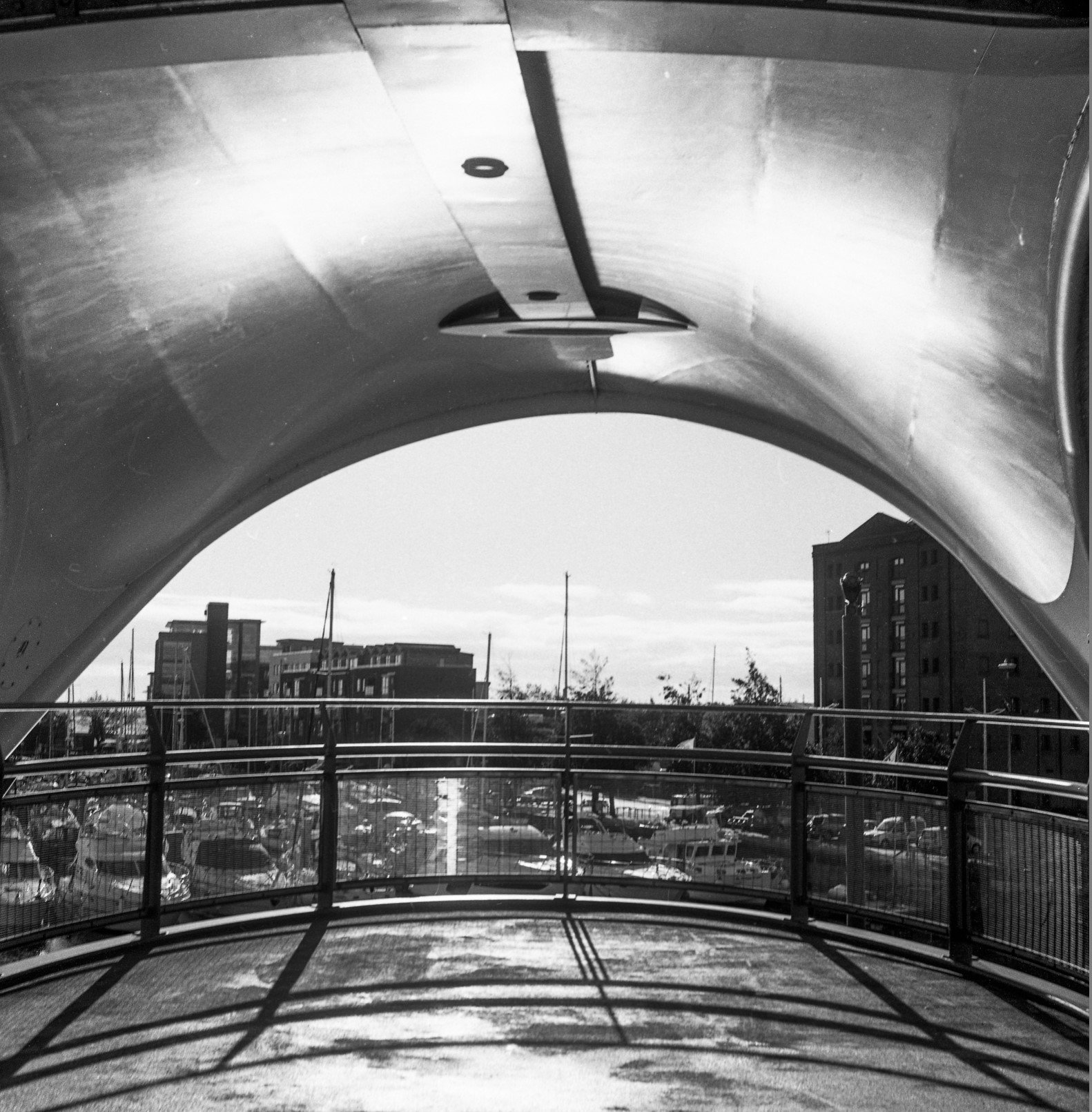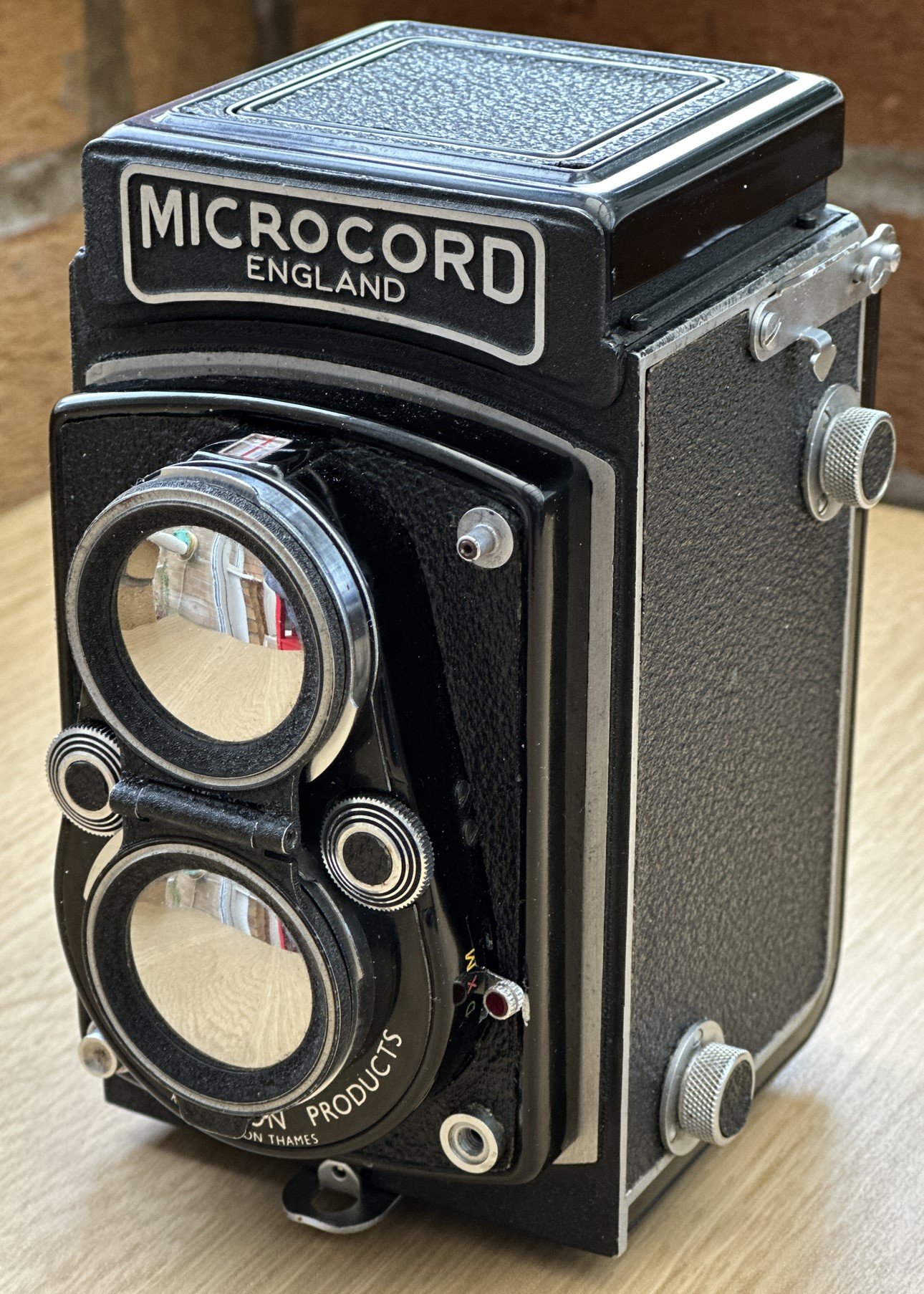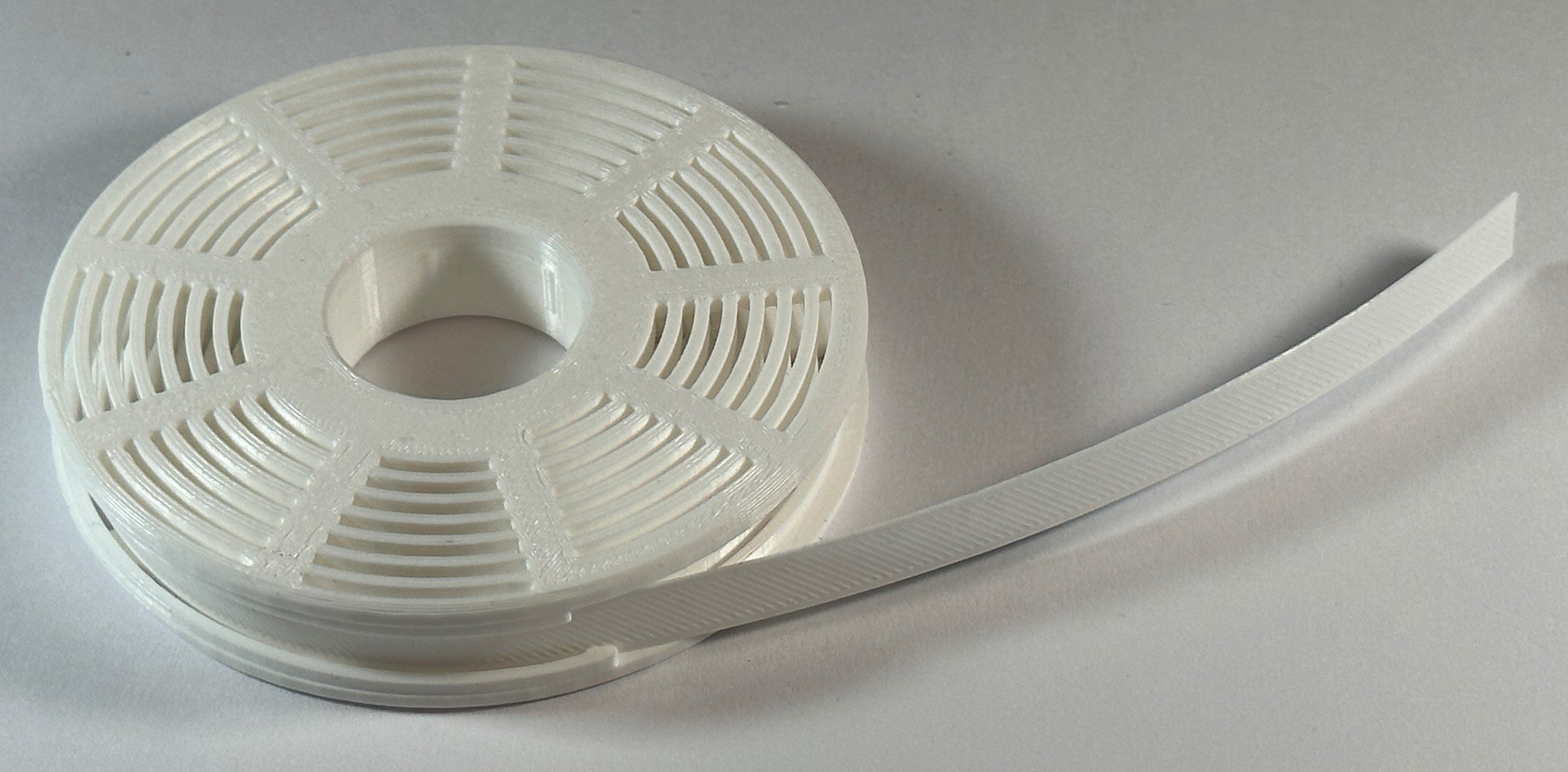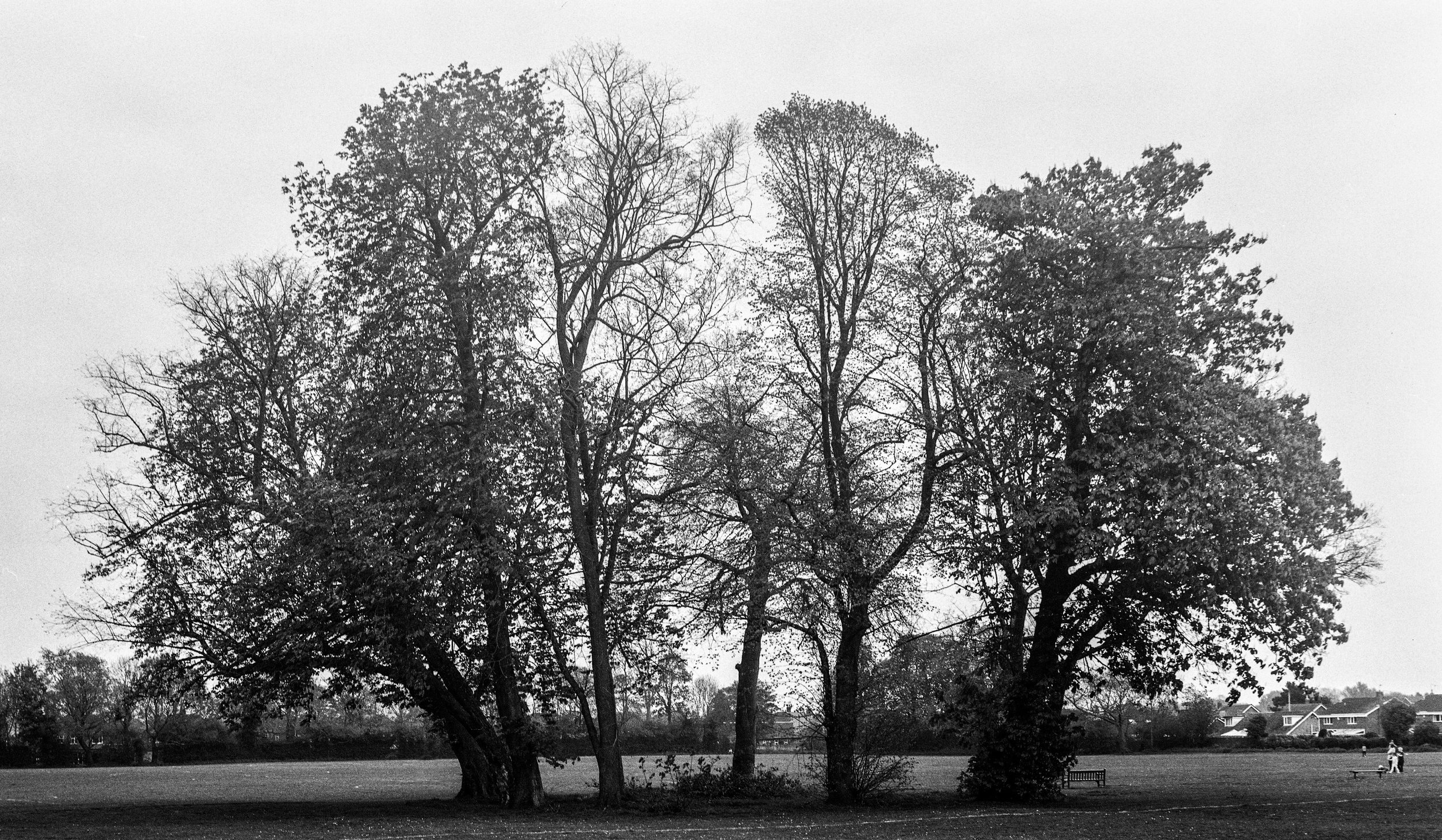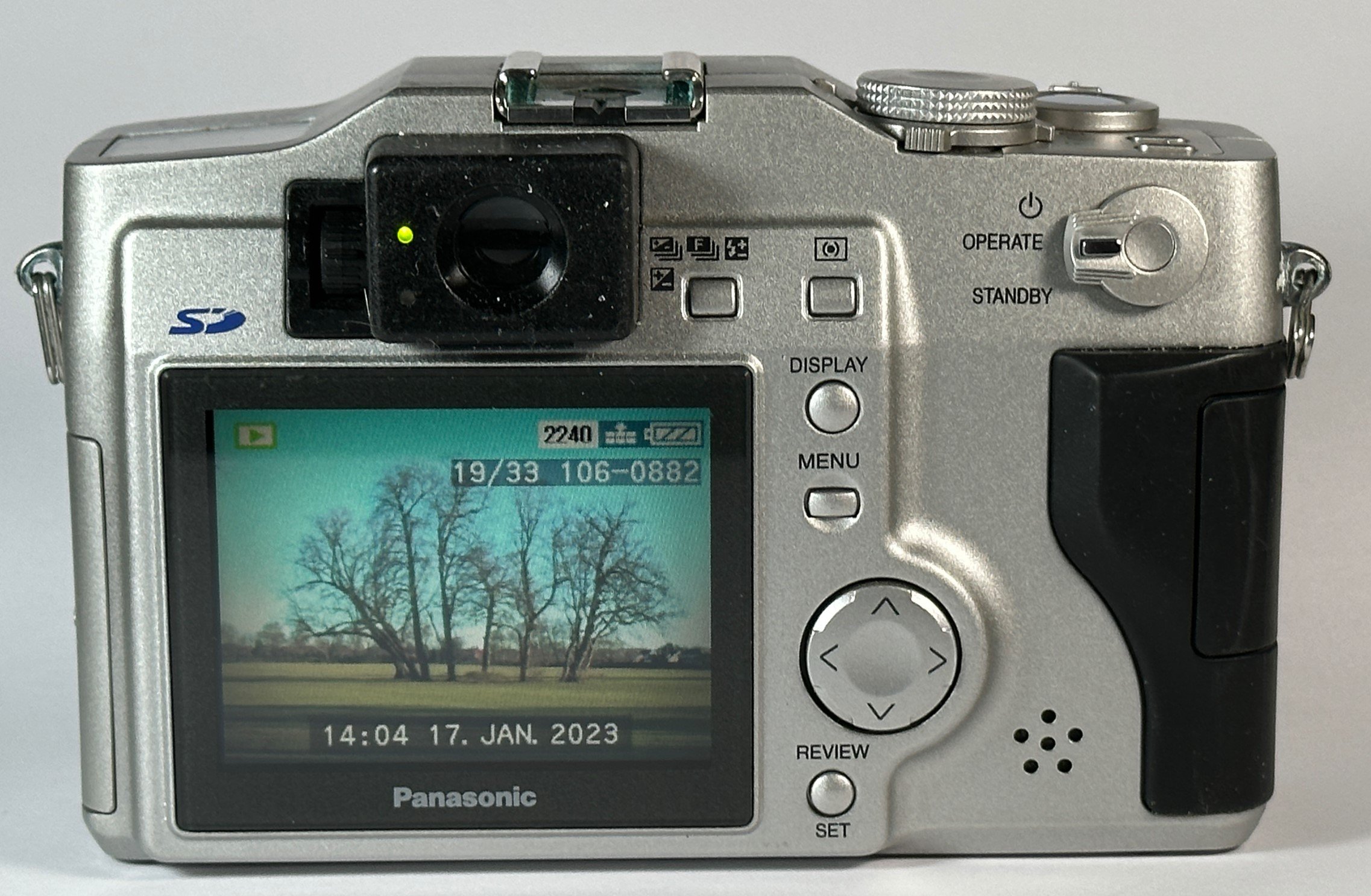Camera Battery Complications
/They’ve covered every wrong way to do it
If you, like me, have been wondering why your Olympus OM2n camera (you know - the one you bought yourself for Christmas despite having promised not to get any more cameras this year) doesn’t seem to be measuring light very accurately you might be interested in this snippet.
You often find people using LR44 alkaline batteries to power cameras like this. After all, they fit in the hole, the meter needle moves about a bit and the batteries are easy and cheap to get hold of. But they are also a bad idea because these batteries only put out around 1.5 volts when they are brand new. Their output voltage steadily drops over their life, which makes the meter progressively less accurate over time. The fix is to get proper SR44 batteries which are exactly the same size but use a different technology which lasts a bit longer and holds its voltage right to the end.


